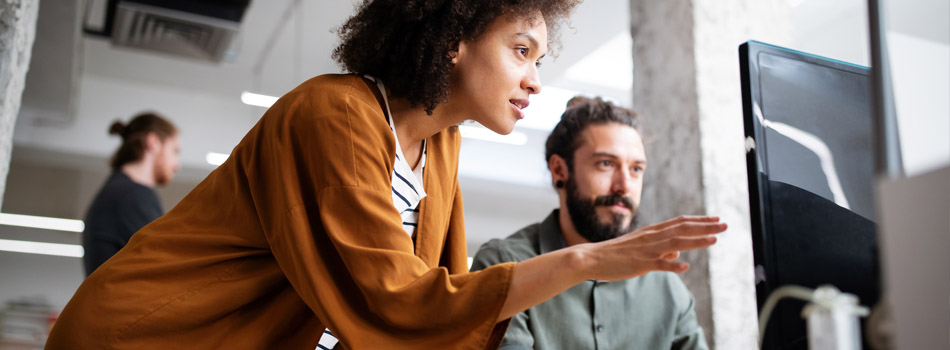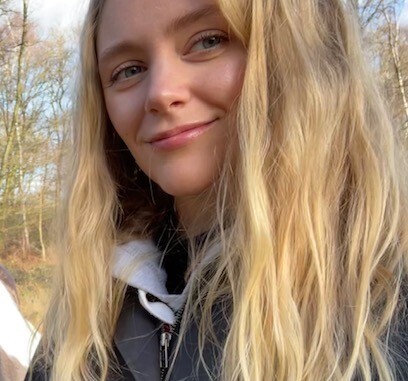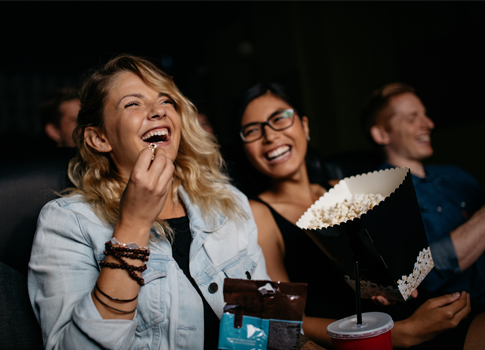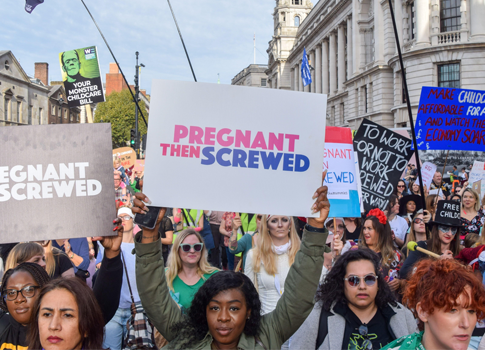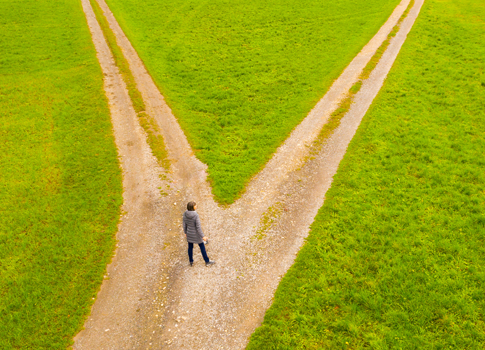When it comes to SEO, images take on just as an important role as keywords do. But it’s important to make sure you’re using the right images and in the right way. To make sure you’re on the right track with your image optimisation, we’ll be taking you through all the things you need to consider when optimising images for SEO.
Finding the right image
In an ideal world, you would use original images rather than using stock photos but there isn’t always the time or the resources available to do so. As an alternative to using stock photos, flickr.com is a great resource as you can use Creative Commons images which are free (just remember to credit the original photographer). Another great (free) resource is pexels.com but if you’re feeling generous, you can send over a contribution to the photographer.
This goes without saying but the image you choose needs to be relevant to the subject of your article/blog. The image should be alongside the relevant text and if you’ve got an image you’re trying to rank, it should be as close to the top as possible without it feeling forced. This is because an image with related text ranks better for the keyword that it is optimised for.
Image optimisation
Let’s start with the file name – this is where image SEO starts. Google will ‘read’ this file name so try and make sure there’s a keyword in there – preferably at the beginning so Google knows that it’s important.
Making sure the format is correct for your type of image is also really important. JPEG’s are best for illustrations or large photos as they are better in terms of the clarity of the image. PNG images are best if you want to preserve background transparency within your image.
Next up, you need to make sure the scale is correct. As you know, it can be frustrating if you have to wait forever for an image to load and this severely impacts your user experience. The quicker a site loads, the easier it is for the user to use and for search engines to index. So when sizing your images in SEO, you’ve got to make sure the file size is small as well as considering the display size. The file is what is being uploaded and will therefore determine the loading time.
Image alt tags and captions
Google is good at recognising images and is constantly improving but that doesn’t mean you should let it do all the hard work on its own! You need to make sure you’re giving it as much context as possible to get the best results.
One way to do this is to add a caption. People tend to scan when they read articles and the items they’re most likely to pick up on are headings, images and captions. Not every image needs a caption as some images speak for themselves so this one is a judgement call!
Next on the list is alt tags! Image alt tags are there to provide descriptive text of the image if it can’t be loaded for any reason. It means that even if the image doesn’t load, no information or functionality is lost. As always, it’s important to try and use an SEO keyword if possible and even more importantly, to add alt text to every image you use. When it comes to alt tags, more is definitely more! The more relevant info Google receives, the more important it deems the image.
Rich cards
Another tool to consider for image optimisation is the use of rich cards. These are the mobile version of rich snippets. An example of rich snippets is the image that appears next to a recipe article. Rich cards are the exact same thing but they are for users using a mobile site rather than a desktop site.
Rich cards and snippets are super important as they give the user a lot more information and this will therefore make them more likely to visit your site.
That concludes your introduction to images in SEO! We hope you’ve enjoyed learning more about the importance of image optimisation. When it comes to SEO, image optimisation is just as important as keyword usage so make sure you’re giving Google as much information as possible to get those rankings up!


